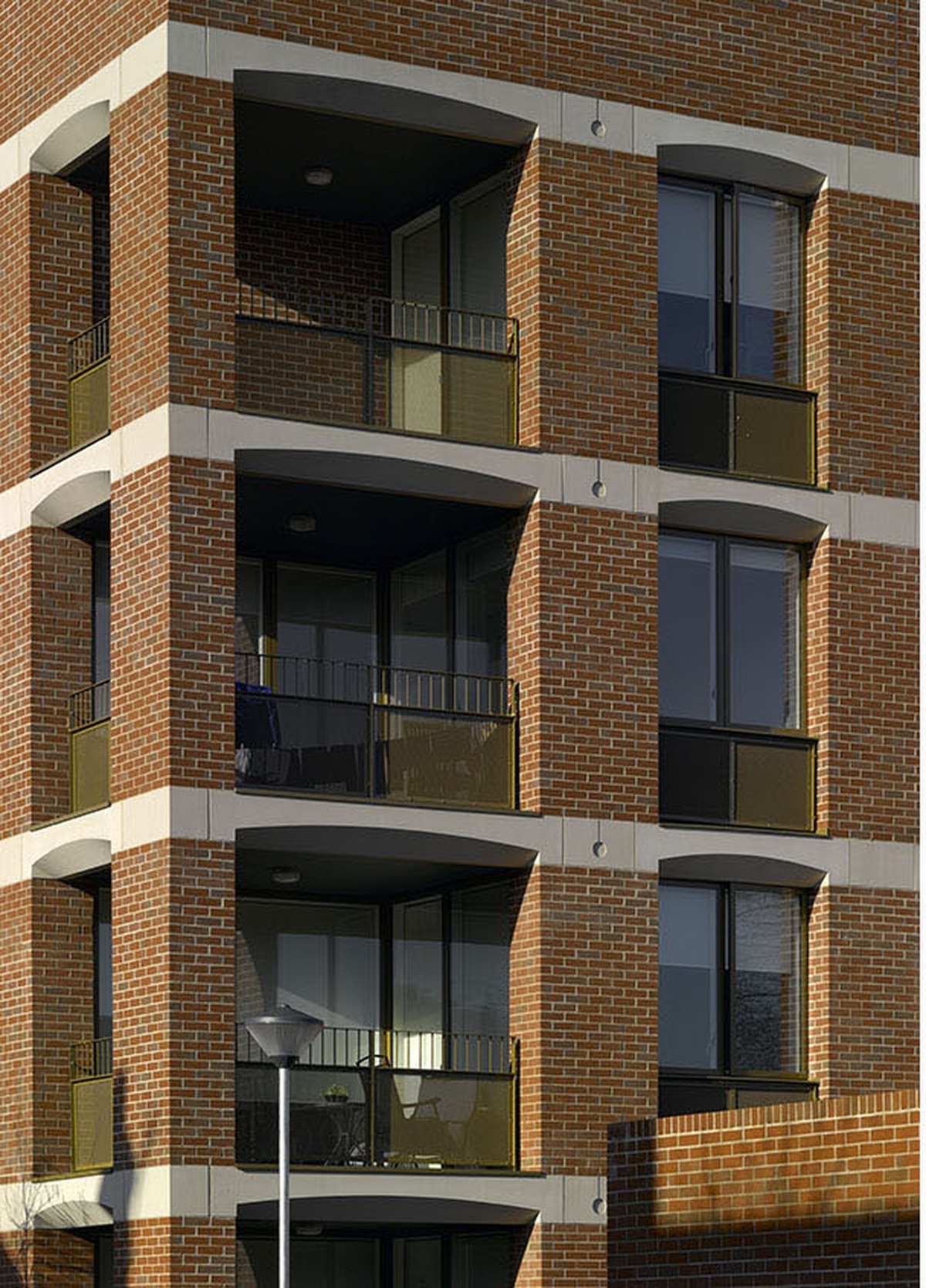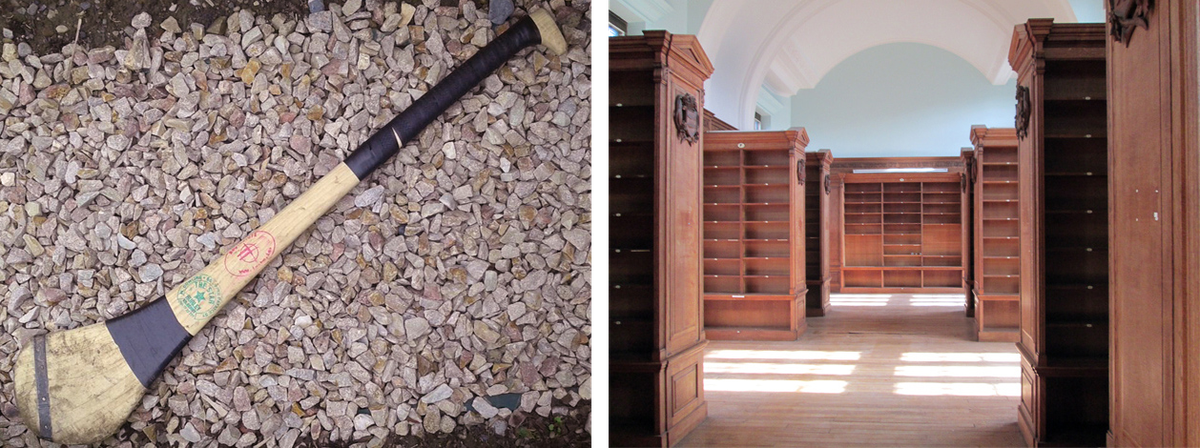TINTAGEL COMPETITION SHORTLIST
SEPTEMBER 2015

Niall McLaughlin Architects are one of six shortlisted for the Tintagel Castle Bridge competition run by Malcolm Reading. The new footbridge will link the ruins of the 13th-century coastal castle, the mythical home of King Arthur, and the nearby headland. The winning scheme will stand 28 metres higher than the current crossing and spanning more than 70 metres. Also on the shortlist are Dietmar Feichtinger Architectes, Marks Barfield Architects, Ney & Partners Civil Engineers, RFR and Jean-Francois Blassel Architecte and Wilkinson Eyre. The competition jury which is chaired by Allies and Morrison partner Graham Morrison said ‘The competition’s first stage attracted high-level interest from around the world and we were delighted with the response. In choosing the shortlist we looked for designers likely to produce a range of imaginative ways of making a beautiful and economic structure that is right for this very particular setting”.
COMPLETION OF HARRIS HOUSE
AUGUST 2015

Harris House recieved practical completion this month. Harris House is an affordable housing development for CBHA, a part of the Peabody housing association working exclusively in Waltham Forest that also provide employment to their residents.
CRAFTLINES
AUGUST 2015

My grandfather has worn many hats; soldier, civil servant, father of seven, husband, and winner of a county final in hurling (the achievement of which he is potentially most proud). He is fluent in Irish and recalls event and dates from 50 years ago with a staggering accuracy. Yet the residing image of him from my childhood is as a craftsman – in the garage next to his house in Dublin, whittling and sanding a piece of ash to form a hurley, sizing it precisely for the user, wrapping the handle to create the perfect hold. I remember sitting, playing surreptitiously with a clamp, watching this in awe: the creation of the perfect instrument from a piece of timber; a skill honed through practice and an unfailing attention to detail. I marvelled at the assurance of it all, the promise in his hands.
It would be satisfyingly simple to attribute my choice of career to these moments – to claim there was an epiphany in watching him, a sudden realisation that I wanted to be an architect, to create. In reality, however, the path was not so linear; instead the conviction that I wanted to become an architect embedded itself in my consciousness slowly, over time. The memory of him working in his garage was one I didn’t return to often, and like any story we fail to repeatedly tell ourselves, it languished, dormant, in the recesses of my mind.
I recently went to site at Jesus College, Cambridge, where we are working on a project that is part new build, part refurbishment. An aspect of the refurbishment involves the adaptation of eight bookcases in the magnificent former library into wall panelling. The existing bookcases are a dark stained timber, designed by Maurice Webb in the 1920s and wonderfully crafted by a masterful hand. Reworking these without compromising their beauty would be a challenge for any craftsman.
On seeing the work the joiner had done, I realised there was no cause for worry – it had been executed with confident, competent hands. In that moment, the memory of my grandfather in his garage came back to me in glorious Technicolor; and I felt a familiar thrill at the embodied potential of the right material in the hands of a craftsman, with promise in his hands.


